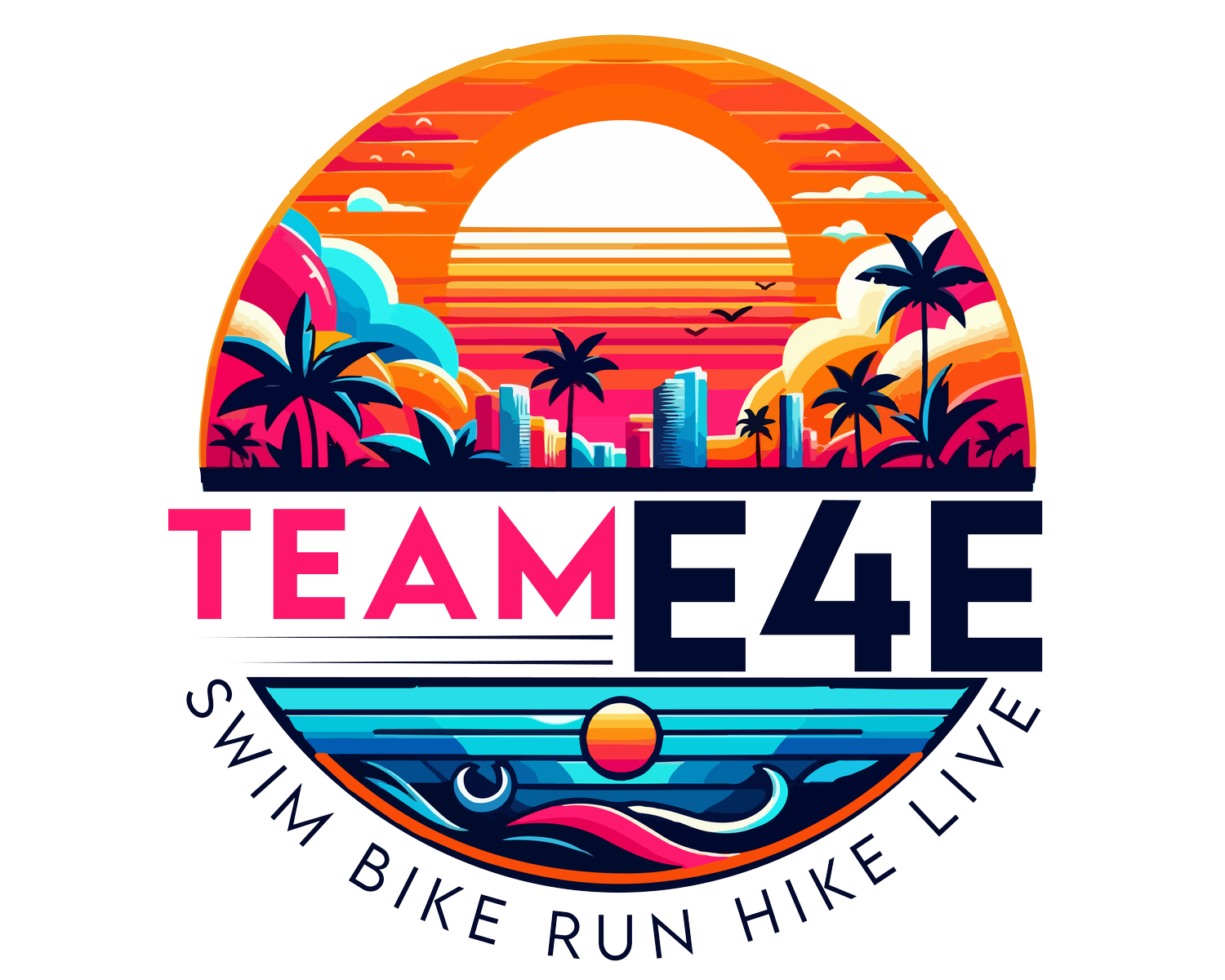Book Review of “Beyond Training” by Ben Greenfield
In the contemporary landscape of health and fitness literature, Ben Greenfield's "Beyond Training" emerges as a notable contribution. This book, renowned for its in-depth exploration of optimizing training, health, and lifestyle, has garnered attention from fitness enthusiasts and professionals alike. However, despite its acclaim, the book has not been without its share of criticism. Let’s delve into the various aspects of "Beyond Training," examining why, despite its popularity, it might not resonate with every reader.
At its core, "Beyond Training" is a compendium of strategies and techniques aimed at enhancing physical and mental performance. Greenfield, a respected figure in the fitness world, brings a wealth of experience and knowledge to the table. His approach is deeply rooted in the concept of biohacking – a term that refers to the application of technology and biology to optimize one's life. While biohacking is gaining traction in certain circles, its heavy emphasis in the book can be both a strength and a limitation.
One of the primary critiques of "Beyond Training" is its complex and often technical language. Greenfield delves into the intricacies of biology, physiology, and cutting-edge fitness methodologies. This level of detail, while insightful, can be overwhelming for readers who are not deeply versed in these subjects. The use of specialized jargon and technical terms can create a barrier to understanding, making the book less accessible to a broader audience.
Another point of contention is the perceived commercial bias within the book. Greenfield frequently references specific brands, products, and equipment, leading some readers to question the impartiality of his advice. This emphasis on particular products can be seen as a detraction from the book's educational value, raising concerns about the influence of commercial interests on the content.
The book's approach to scientific evidence also comes under scrutiny. While Greenfield cites various studies to support his claims, there is an inconsistency in the rigor of these references. Some recommendations appear to be based more on personal anecdotes or emerging research, which might not be widely accepted in the scientific community. This selective citation can be misleading, potentially overestimating the effectiveness of certain practices.
Furthermore, "Beyond Training" occasionally adopts a one-size-fits-all mentality. The strategies and advice provided might not be universally applicable, especially considering the diverse body types, fitness levels, and health conditions of readers. This lack of customization can limit the book's relevance and practicality for different individuals.
The book's length and complexity are additional factors that can be daunting for readers. Greenfield's comprehensive approach, while thorough, can lead to information overload. Readers seeking straightforward, concise advice may find the book's depth and breadth exhausting.
Lastly, many of the practices and lifestyle changes recommended by Greenfield are not easily attainable for the average person. The time, financial investment, and lifestyle alterations required can be unrealistic for those with typical day-to-day commitments. This aspect of the book might make it seem out of touch with the practical realities faced by most individuals.
Pros of "Beyond Training"
Comprehensive Coverage: Greenfield's book is thorough, covering a wide array of topics related to fitness, nutrition, recovery, and lifestyle optimization. This comprehensive approach provides readers with a wealth of information in one resource.
Innovative Techniques: "Beyond Training" introduces readers to cutting-edge techniques and biohacking strategies. These innovative methods can be particularly beneficial for those looking to push the boundaries of their physical and mental performance.
Expertise and Experience: Ben Greenfield is a well-respected figure in the fitness industry, and his expertise is evident throughout the book. His experience as a coach and athlete adds credibility to his recommendations.
Focus on Holistic Health: The book goes beyond traditional fitness topics, addressing aspects such as mental health, sleep, and stress management. This holistic approach is valuable for readers interested in all-around health and well-being.
Practical Tips and Real-Life Applications: Despite its in-depth coverage, the book offers practical tips and real-life applications. These actionable insights can be beneficial for readers looking to implement new strategies into their routines.
Cons of "Beyond Training"
Overemphasis on Biohacking: The heavy focus on biohacking and high-tech methods might not appeal to everyone. This emphasis can overshadow more traditional and universally applicable fitness and health strategies.
Complex Technical Jargon: Greenfield's use of technical language and complex jargon can make the book difficult to understand for those without a background in fitness science or biology, potentially limiting its accessibility.
Perceived Commercial Bias: The frequent mention of specific brands and products may lead to questions about the impartiality of the advice, with some readers perceiving a commercial bias in the book's recommendations.
Lack of Scientific Consistency: While the book cites scientific studies, there's an inconsistency in the rigor and reliability of these references. Some advice appears to be based more on personal anecdotes or less-established research.
One-Size-Fits-All Approach: Despite its comprehensive nature, the book sometimes adopts a generalized approach that may not be suitable for everyone. Individual differences in body types, fitness levels, and health conditions are not always adequately addressed, which could reduce the book's practicality for a diverse audience.
In summary, while "Beyond Training" is a rich source of advanced fitness and health optimization knowledge, its approach and content may not be suitable for everyone. The book's focus on biohacking, technical language, potential commercial influences, selective scientific rigor, one-size-fits-all recommendations, and its complexity and length present significant challenges. These factors, combined with the impracticality of some advice for the average reader, contribute to the mixed reception the book has received.
